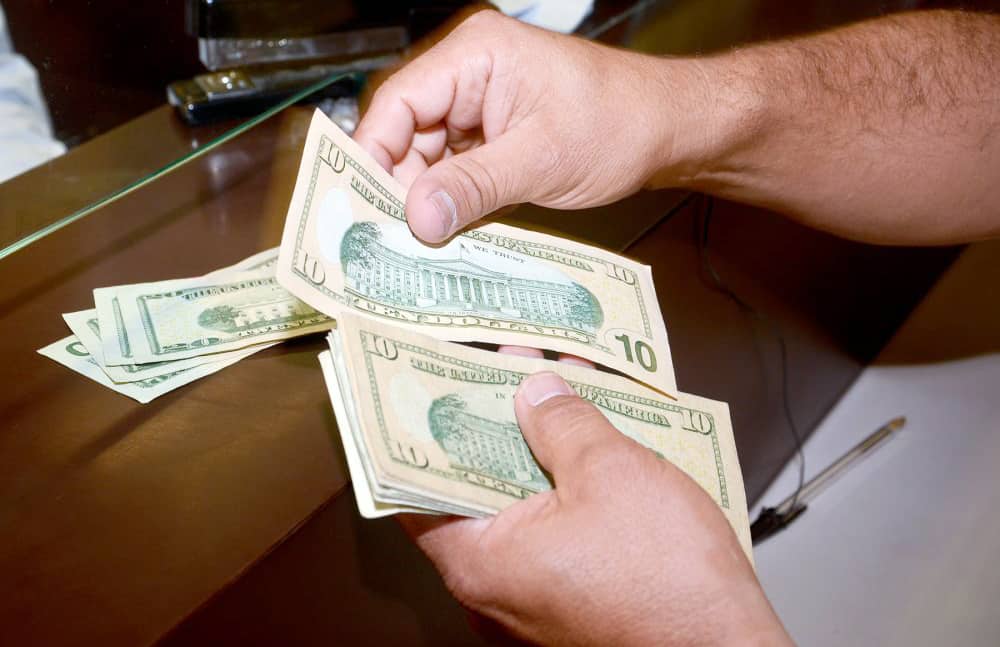The dollar exchange rate in Costa Rica has experienced notable fluctuations in recent months. As of Monday, November 18, the Central Bank of Costa Rica (BCCR) reported an exchange rate of ₡505.41, continuing a significant downward trend that edges closer to the ₡500 mark.Experts attribute the decline to a mix of seasonal and economic factors.
The onset of Costa Rica’s high tourism season, which typically begins at the end of the year, plays a crucial role. The influx of foreign currency from tourists increases the dollar supply in the market, putting downward pressure on the exchange rate. Additionally, the December period sees companies and government agencies disbursing Christmas bonuses. To meet these obligations, many entities exchange dollars for colones, further boosting the local currency supply.
Despite these seasonal factors, the exchange rate has sparked heated political debate. Central Bank President Roger Madrigal faced sharp criticism from the Legislative Assembly for his handling of the falling exchange rate and the monetary policy rate, which many argue has not been adjusted sufficiently to address broader economic concerns.
“The Central Bank is not targeting inflation but the exchange rate. That serves bankers and wealthy individuals who bring dollars into the country—essentially favoring President Chaves’ allies,” a legislator remarked.
Legislator Eli Feinzaig voiced concerns about the broader impact of the exchange rate drop. “Who is most affected? Workers in Costa Rica’s export and tourism sectors, whose incomes decline with the falling exchange rate. Costa Rican entrepreneurs also face challenges due to an unnecessarily high monetary policy rate,” Feinzaig said.
In response, Madrigal defended the Central Bank’s approach, emphasizing the importance of maintaining inflation stability. “We are managing an oversupply of foreign exchange. The Central Bank’s mandate is to keep inflation low and stable. While some economists argue for a specific market equilibrium value, it would be risky to fixate on one and attempt to manipulate the market,” Madrigal stated.
Looking ahead, experts predict the downward trend in the dollar exchange rate will persist through the end of the year, influenced by seasonal inflows and economic dynamics.






